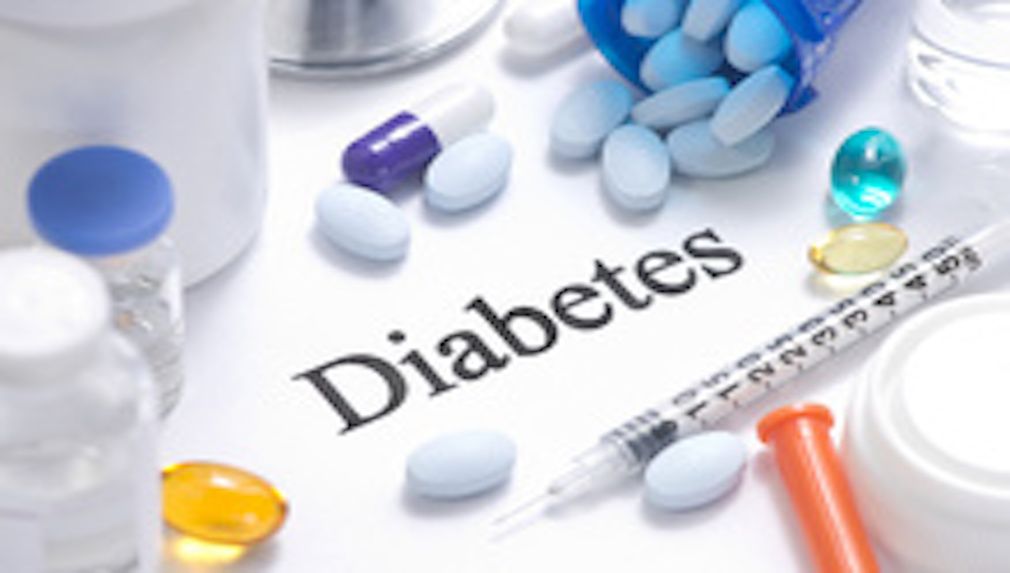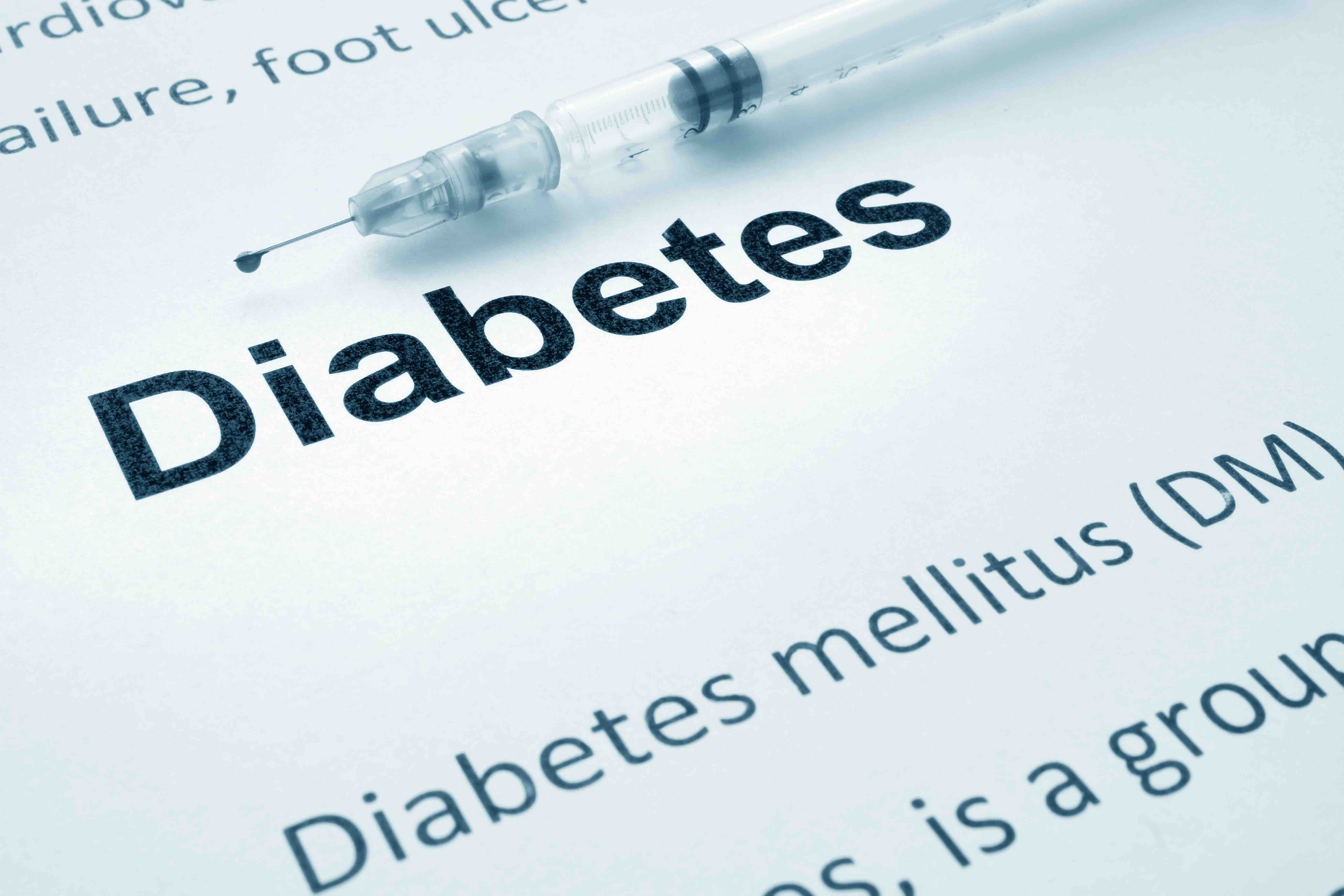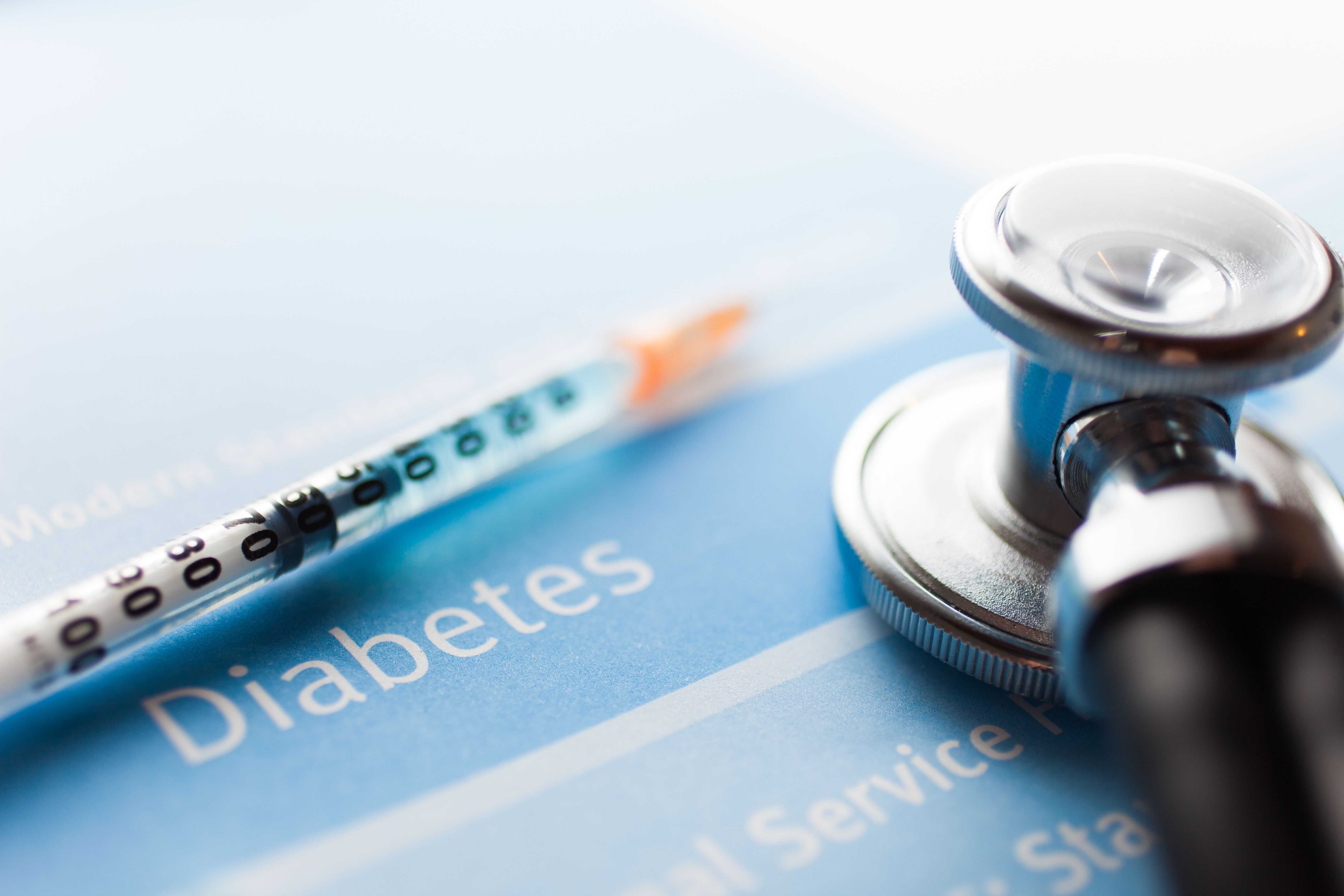Article
Noninvasive Blood Glucose Measurement Methods Demonstrate Potential in Diabetes
Author(s):
Noninvasive methods of measuring blood glucose levels have demonstrated promise in early trials and could be potential replacements for glucose monitoring in the future, according to a review.
A review published in Biosensors found that 4 methods of noninvasive blood glucose monitoring demonstrated the potential to measure blood glucose and manage diabetes in an affordable, accurate, and pain-free way.
Approximately 451 million individuals worldwide have a diagnosis of diabetes, according to estimates by the World Health Organization. Currently, there are 2 ways to monitor blood glucose for diabetes management.
The hexokinase method uses a blood sample of 1.5 mL obtained using laboratory equipment. However, this is not a portable method and cannot be operated at home. The finger prick method is the most frequently used, as it is available at home and relies on invasive finger pricking to obtain a drop of blood to be spread on a test strip. However, this method is not always accurate.
Continuous glucose monitoring (CGM) devices have also been used to monitor extreme fluctuations in blood sugar, which can help avoid of severe outcomes. However, no CGM device is completely noninvasive and wearable, as all need to be implanted subcutaneously. New methods of measuring blood glucose are being investigated to avoid invasive methods and improve accuracy.
There are 4 primary noninvasive glucose monitoring methods that have received the most research and undergone the most trials: optical spectroscopy (optical detection), photoacoustic spectroscopy (acoustic detection), electromagnetic sensing (electromagnetic detection), and nanomaterial-based sensing (electrochemical detection).
Optical spectroscopy is “based on the fact that glucose influences the optical signal passing through it by absorption of light at some particular overtones and combination band wavelengths in the mid infrared and near infrared spectrum regions.” Blood glucose concentration could be measured using optical sensors, like photodiodes, to sense the transmitted or reflected intensity of the light.
Optical detection can also be used to measure blood glucose through surface plasmon resonance (SPR). This method uses a beam of light that passes through a prism on the back of a metal surface and bends onto a detector. The method uses the angular shift to determine the concentration of blood glucose, with the direct measurement coming from the change in the angle of the SPR reflection intensity curve.
A hybrid approach to measuring blood glucose is photoacoustic glucose monitoring, which combines acoustic detection and optical excitation. Acoustic energy is converted from the optical energy from the excitation through an energy conversion process. The localized heating of the solution occurs due to the optical excitation of the glucose molecules in the blood and results in the thermal expansion of the optical interaction region. This is then converted into electrical signals and can determine glucose concentration.
Electromagnetic sensing can also be used by measuring the relative permittivity of blood. The 55% of blood plasma in human blood has a high polarization due to its being 90% water, making the relative permittivity high as well. The increase or decrease in glucose concentration can therefore be tied to the permittivity of blood plasma. This would give the value of glucose concentration as a measured electrical power.
Nanomaterial based sensing is the last potential noninvasive method of measuring blood glucose. This method could use body fluids, such as urine, saliva, sweat, and tears, to extract physiological data using modern biosensors. Nanomaterials can have a large surface area, enhanced sensitivity and selectivity, and improved catalytic activities, which are prerequisites to obtaining an accurate and precise estimation of blood glucose levels.
The authors of this review found that the positive results of these methods in trials and studies make them approaches with “huge potential to replace the current standard of invasive and minimally invasive approaches with a pain-free, efficient, and accurate diabetes management in the near future.”
Reference
Laha S, Rajput A, Laha SS, Jadhav R. A concise and systematic review on non-invasive glucose monitoring for potential diabetes management. Biosensors (Basel). 2022;12:965. doi:10.3390/bios12110965





